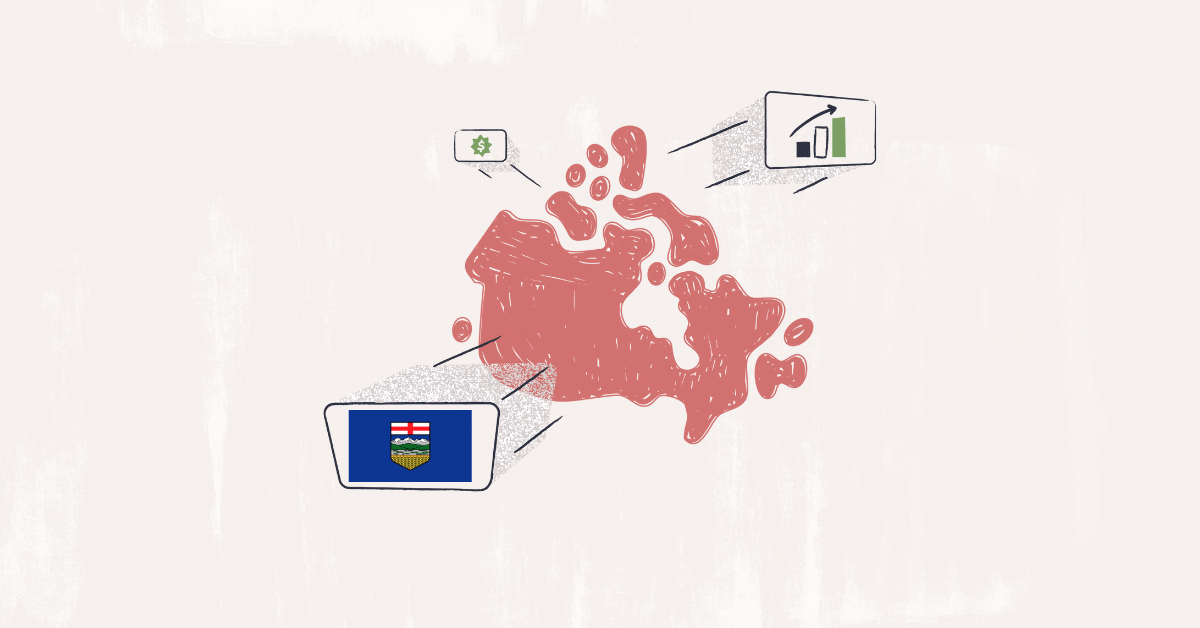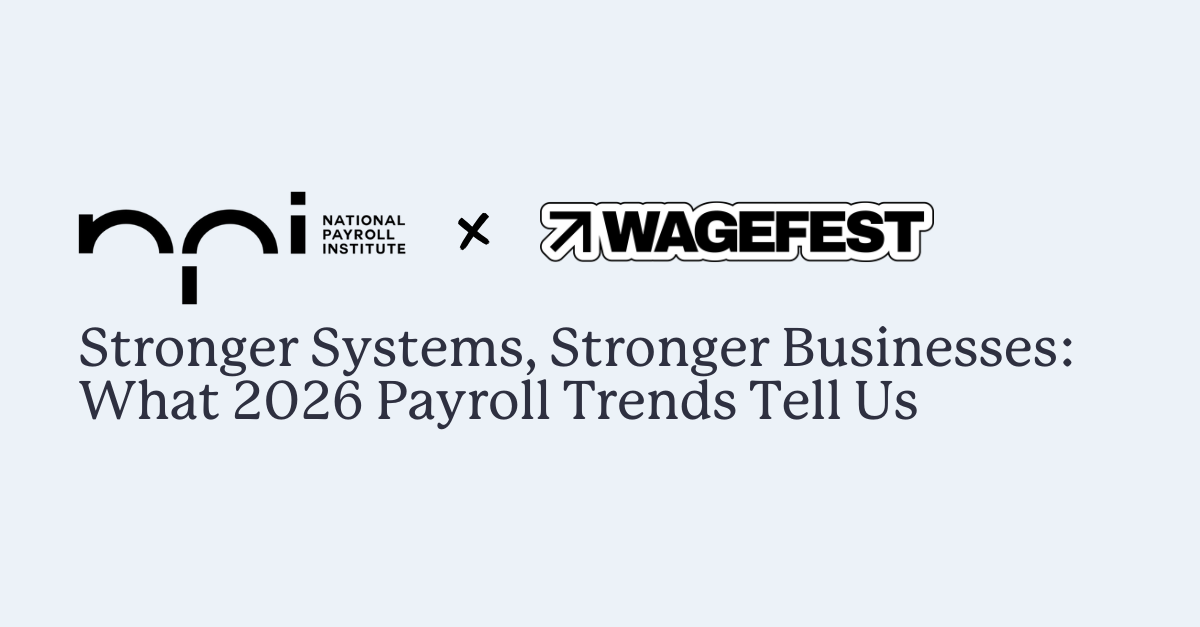Become an insider!
Get our latest payroll and small business articles sent straight to your inbox.
Payroll isn’t often seen as a driver for business growth. But, what some business owners don’t realize, is that payroll can be strategically leveraged to maximize earning potential. From providing advisory services to clients to uncovering valuable insights to inform decision making, we dive into the ways payroll can go beyond the numbers to drive revenue.
1. Offer payroll advisory services
Payroll is more than making sure employees and the CRA are paid correctly and on time. It offers a goldmine of insights that, when extracted, lead to smarter decision making. Instead of simply processing payroll, bookkeepers and accountants can step into an advisory role — offering expert guidance that helps clients build compliant, efficient, and optimized businesses. This includes:
- Financial forecasting – Help clients monitor cash flow to make better financial decisions for the coming year.
- Strategic HR support – Support with onboarding, benefits, tax classifications, compensation packages, handbooks, the list goes on.
- Process and systems automation – Advise on which tasks can be automated and integrated into their current system to improve workflows and better streamline processes.
Knowing what to offer your clients starts with asking the right questions. In fact, 82% of bookkeepers we interviewed said they had a discovery call before engaging in any service. These early conversations uncover pain points and identify opportunities to showcase the value of your advisory services. You don’t need to overhaul your service offerings to step into an advisory role — you’re probably already doing more than your clients realize
2. Package payroll with other services
One of the easiest ways to get clients onboard with payroll is by bundling it with auxiliary services. It increases client perceived value, boosts your profit margins, and ties together a stronger client experience. By creating convenient packages, you can build out service tiers that appeal to a wide range of clients.
Here are just a few services that you can bundle with payroll:
- Payroll setup and implementation – Ensure a smooth transition by setting up software, assigning user roles and permissions, integrating with accounting software, mapping chart of accounts, and approval process management. This service reduces errors, simplifies client workflows, and sets them up for success from day one.
- Employee management – Simplify hiring by taking on employee onboarding, setting up employee payroll and HR software, paystub distribution, etc. This can also reach into the realm of providing guidance on employee handbooks, termination and offboarding procedures, such as final pay calculations, ROEs, and ensuring overall compliance with labour laws.
- CRA and payroll year-end – Handle reviewing, filing, and distribution of T4s and T4As to all parties: employees, contractors, and the Canada Revenue Agency (CRA) or Revenue Québec (RQ). Reconcile all payroll tax liabilities, address government notices (e.g. a PIER report), and provide guidance on legislative updates affecting payroll compliance.
Pro tip: If you want a pre-made template to price your payroll services, we’ve included a Payroll Pricing Calculator in our free e-book The Bookkeeper’s Playbook to Making Payroll Profitable.
3. Use payroll data to offer business insights
Payroll offers a deep well of information for better decision making. By analyzing your clients’ payroll data, you can uncover financial trends, identify gaps and inefficiencies, and offer strategic advice that goes beyond the numbers. A few ways to turn payroll into actionable business insights include:
- Optimize labour costs – Spot patterns in overtime, absenteeism, and seasonal fluctuations to help your clients manage recruiting and profitability.
- Improve workforce planning – Track trends in hiring, turnover, and compensation to guide long-term staffing decisions.
- Increase employee retention – Pinpoint reasons for turnover and recommend strategies to retain and attract top talent.
Oftentimes, you may have the answers to questions your clients didn’t even know they should be asking — that’s a key ingredient to building trust. By diving deep into the data and surfacing insights, you help shift their business from reactive to proactive. For more insights, check out How to Use Payroll Data to Make Better Business Decisions.
4. Automate and scale with the right payroll technology
The right technology doesn’t just make payroll easier, it lights the path to new and bigger opportunities. Practices that adopt cloud-based solutions are experiencing the difference. In fact, 74% of practices using cloud-based tools have reported a boost in revenue.
With the right payroll tech in place, you can free up more time and focus on higher-value work by:
- Reducing manual entry – The ideal payroll software will automate key tasks like tax calculations, remittances, and year-end reporting.
- Improving accuracy and compliance – Built in updates ensure paycheques are accurate and aligned with the latest federal and provincial labour laws.
- Integrating with time-saving tools – Pairing with your existing business tools like Xero and QuickBooks lets you see all your data in one place for easier decision making.
In a recent webinar, “How Technology Fuels the Success of Bookkeeping and Accounting Firms,” industry experts Chad Davis and Mike Pinkus share how they’ve leveraged technology to lift their businesses to new heights. And when it comes to running an efficient firm, Mike says, “Where you get the most bang for your buck in accounting is having cloud-based systems. Having, like, Wagepoint integrated to Xero or QBO.”
5. Become a trusted compliance partner
Payroll isn’t forgiving to mistakes. When it’s not done right, either disgruntled employees or the CRA will come knocking.
As a payroll advisor, you do much more than make sure the right dollar amounts hit bank accounts on pay day. You’re helping clients navigate ever-changing employment standards, tax laws, and reporting requirements to help them avoid penalties, audits, and headaches.
Here are just a few of the ways you can show up as a compliance partner:
- Monitor legislative changes – Help your clients’ business stay aligned with changing laws and regulations, including things like overtime pay and minimum wage changes.
- Review and reconcile payroll records – Ensure that every dollar spent on payroll is accounted for and matched with the corresponding accounting records.
- Support with CRA inquiries – Peace of mind is invaluable. Offer your expertise to help resolve issues quickly and accurately.
A good place to start is with the facts. Are they aware that a late T4 comes with a minimum penalty of $100? Or that a late remittance results in a fine and daily compounding interest? Your compliance expertise is just one more way to prove your value beyond the numbers. That level of reassurance and knowledge is the gateway to building repeat business.
See what’s possible with Wagepoint
By now, it’s clear that payroll can get your foot in the door to grow your practice, deepen client relationships, and create new revenue streams. And with Wagepoint, you’ve got the tools (and the support) to make it happen.
“Lots of detailed reports to use… So far [it] has everything from WCB reports to weekly paystubs.”
Our easy to use software makes payroll a breeze. Plus, tools like our Partner Dashboard let you view and manage all your clients’ payroll from one central hub.
Curious to see how running payroll with Wagepoint can boost your bottom line? Book a demo.











